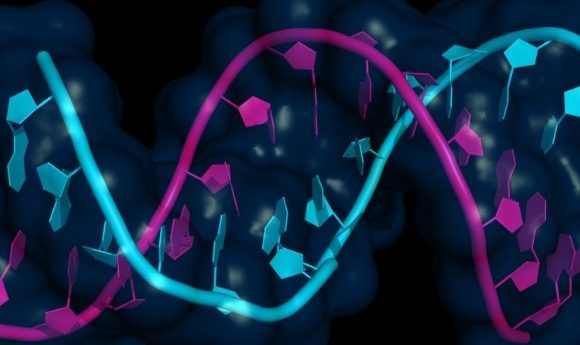The siesta-suppressor: a gene that stops that midday snooze

‘Daywake’ gene found to suppress midday napping in fruit flies, shedding light on the influence of genetics on behavioral flexibility.
Midday naps are taken by many animals and are thought to have evolved as a protection against heat exposure from the hot, noontime sun. Particularly favored by those in a warmer climate, such as Spain, these short siestas can help with memory consolidation and learning. However, too much sleep during the day has also been associated with diseases, including diabetes and Parkinson’s.
In a study recently published in Current Biology, researchers from Rutgers University (NJ, USA) have identified a gene that regulates the napping tendency of fruit flies, suppressing the desire to sleep when temperatures are cooler. It is presumed that the gene, named ‘daywake’, acts in this way to promote positive survival behaviors in this time, such as seeking food or mates.
“This gene contributes to behavioral flexibility, or the ability to hide from the noontime sun when weather is hot but engage in activities good for survival when the weather is cool. That probably helped these flies expand beyond their ancestral home in equatorial Africa to successfully colonize temperate zones around the world,” explained co-author Isaac Edery.
Daywake can be found next to the ‘period’ gene, slightly overlapping this previously documented gene that is known to be involved in the regulation of a fly’s circadian cycle. The activity of the daywake gene was also shown to be increased by a specific sequence in the period gene, a process that happens most efficiently in colder temperatures. It does not appear to affect the nighttime sleep of the fly.
“This gene… probably helped these flies expand beyond their ancestral home in equatorial Africa to successfully colonize temperate zones around the world,”
“Although the daywake gene is not present in humans, our finding reinforces the idea that nighttime sleep and daytime siesta are governed by distinct mechanisms and serve separate functions for health and survival,” Edery added.
Edery also pointed out that finding the ability of a sequence in one gene to influence the activity of a nearby gene is in itself a novel discovery; one that promises to reveal further regulatory mechanisms in flies and other organisms.